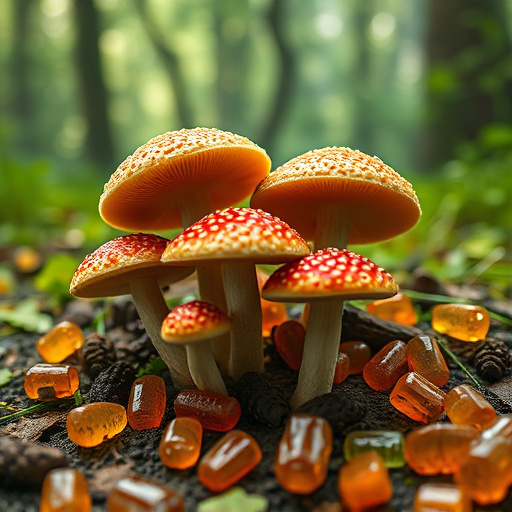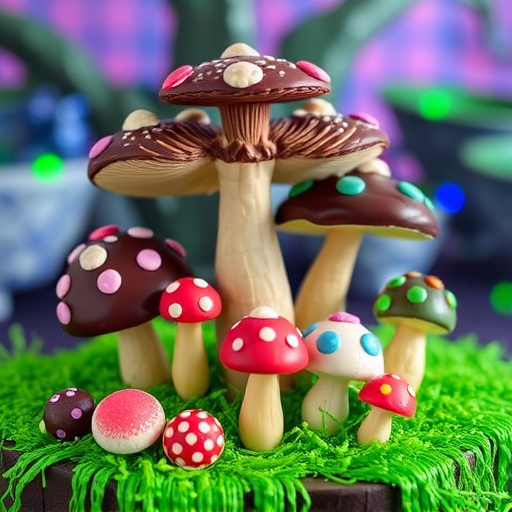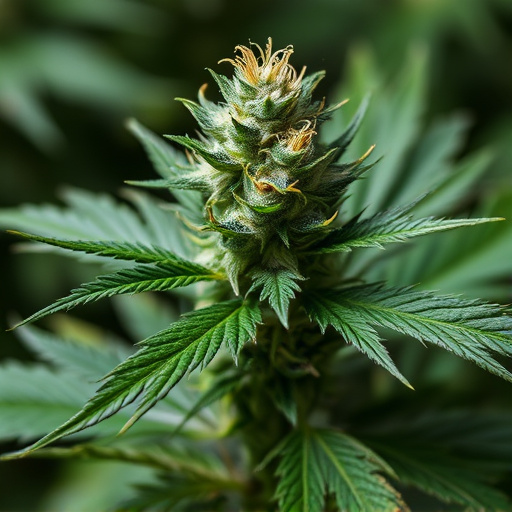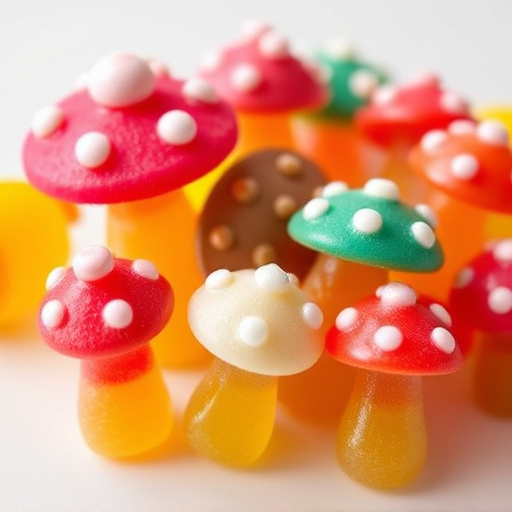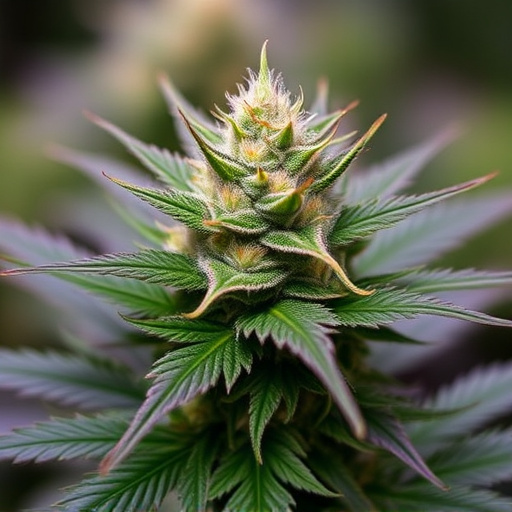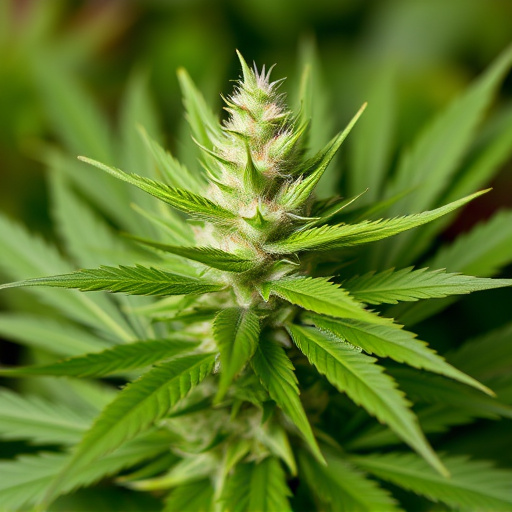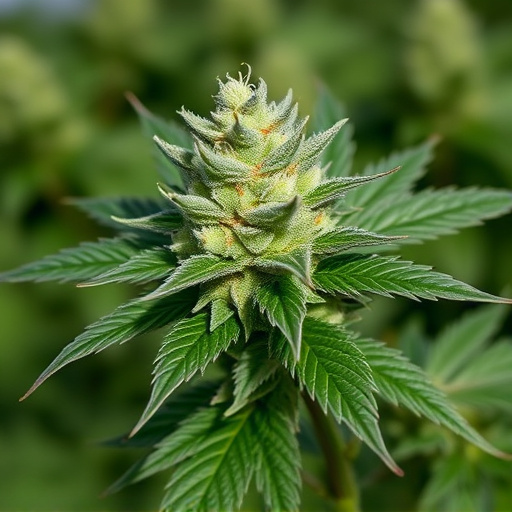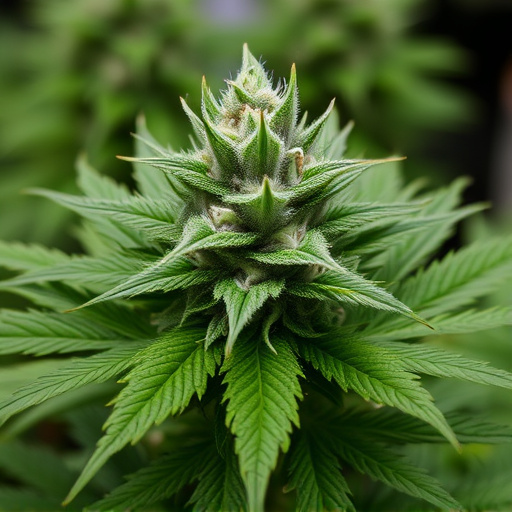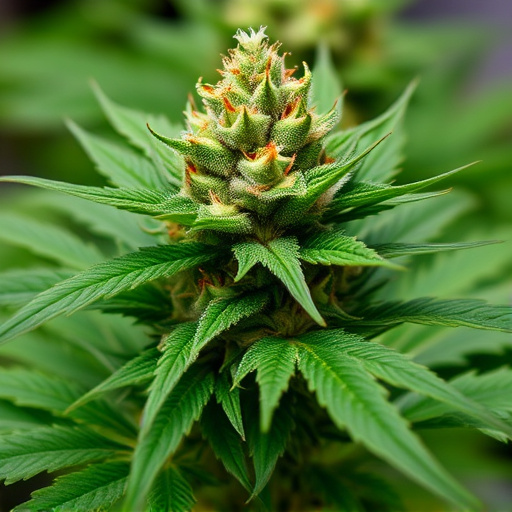The scarcity of the best hybrid cannabis strains is driven by their complex cultivation requirements, including high THC levels, specific terpene profiles, unique flavors, and unpredictable genetic outcomes. These strains demand specialized climates, meticulous care, and precise conditions, making large-scale cultivation challenging. Their rarity also stems from rare genetic characteristics that enhance therapeutic effects but can make reproduction inconsistent. Despite efforts from cultivators, availability issues persist due to limited cultivation methods, specific growing conditions, and varying legal statuses globally.
In the dynamic world of cannabis, certain hybrid strains have become cult favorites, sought after for their unique effects and therapeutic benefits. However, their elusive nature stems from more than just popularity. Demanding cultivation techniques, rare genetic compositions, and regulatory complexities create a perfect storm, making some of the best hybrid cannabis strains hard to find and keep on shelves. This article unravels these challenges, exploring why your favorite hybrids might be harder to come by than you think.
- Demanding Cultivation and Genetics
- – Why certain strains require specialized growing conditions and rare genetic traits make them harder to produce in large quantities.
- Popularity vs. Availability
Demanding Cultivation and Genetics

The scarcity of certain cannabis strains is often attributed to the demanding nature of their cultivation and genetic makeup. Best hybrid cannabis strains, in particular, are notoriously difficult to breed due to their complex combinations of desirable traits. These include high THC levels, specific terpene profiles, and unique flavors that cater to diverse consumer preferences.
Cultivators must meticulously control environmental factors such as lighting, temperature, and humidity to encourage the expression of these desired characteristics. Moreover, genetic diversity within a strain can lead to unpredictable results, making consistent production challenging. This complexity contributes to the limited availability of top hybrid cannabis strains in the market, even for those dedicated to sourcing the best options.
– Why certain strains require specialized growing conditions and rare genetic traits make them harder to produce in large quantities.
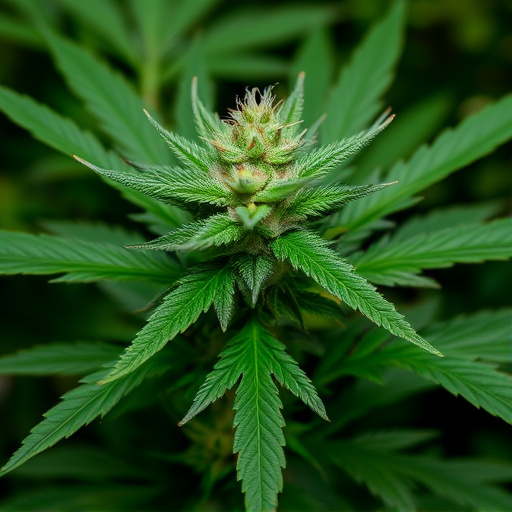
Some of the most sought-after and rare cannabis strains aren’t just hard to find because of their desirability; they also pose a significant challenge in cultivation due to specialized growing conditions and unique genetic traits. These exceptional hybrid cannabis strains often require specific climates, careful monitoring, and meticulous care to thrive. For instance, certain varieties may need high humidity levels or particular pH balances in the soil, making them more challenging to grow on a large scale.
The rarity of these best hybrid cannabis strains isn’t just about supply and demand; it’s also rooted in genetics. Some strains possess rare traits that enhance their flavor, aroma, or therapeutic effects, but these characteristics can make them delicate and harder to reproduce consistently. The quest for these elusive varieties has led cultivators to explore innovative growing techniques and rare genetic sources, pushing the boundaries of cannabis production to bring unique and high-quality strains to market.
Popularity vs. Availability
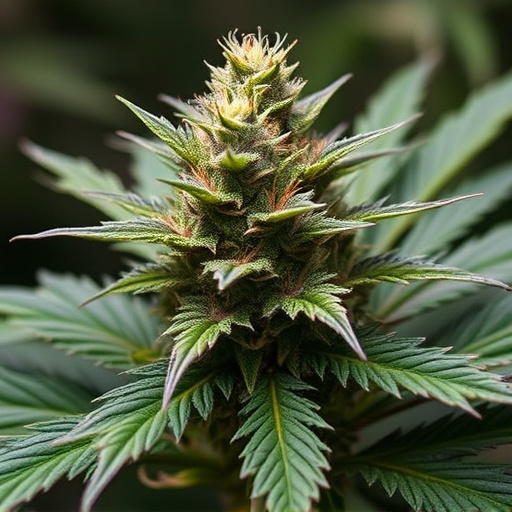
In the world of cannabis, certain strains have become renowned for their unique effects and desirable traits, often leading to a high demand among consumers looking for specific experiences. However, this popularity doesn’t always translate into availability. The most sought-after hybrid cannabis strains, known for their balanced Sativa and Indica characteristics, are sometimes hard to come by due to various factors. One reason could be limited cultivation; certain strains require specific growing conditions that may not be readily available or easily replicable on a large scale.
Additionally, the legal status of cannabis varies globally, which further complicates matters. Some popular hybrid strains might be illegal in certain regions, reducing their distribution and overall accessibility. This disparity between public demand for the best hybrid cannabis strains and their actual availability highlights the challenges faced by both cultivators and consumers in navigating this evolving market.
The scarcity of certain cannabis strains, particularly the best hybrid cannabis strains, can be attributed to the complex interplay between demanding cultivation techniques and rare genetic traits. While popularity plays a significant role in demand, the specialized care needed for these unique varieties often limits their availability. As enthusiasts seek diverse experiences, understanding these challenges is key to appreciating the art of cannabis cultivation and ensuring a balanced market that caters to both rarity and consumer desire.
